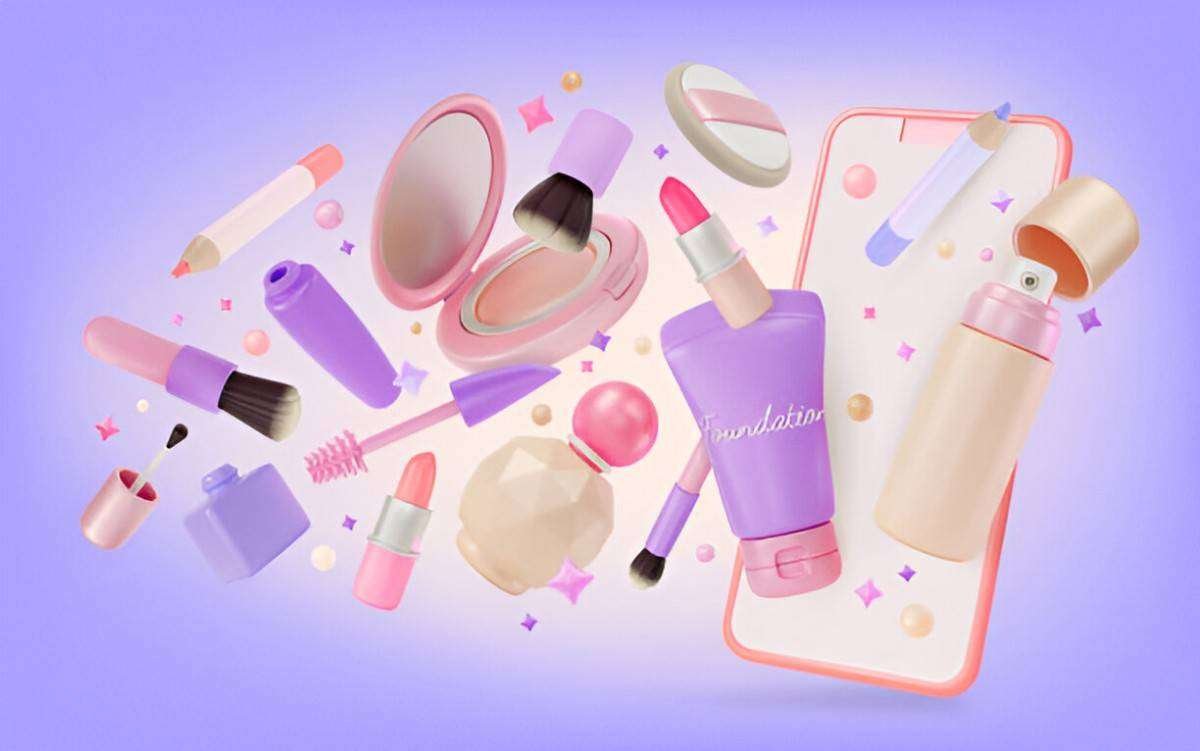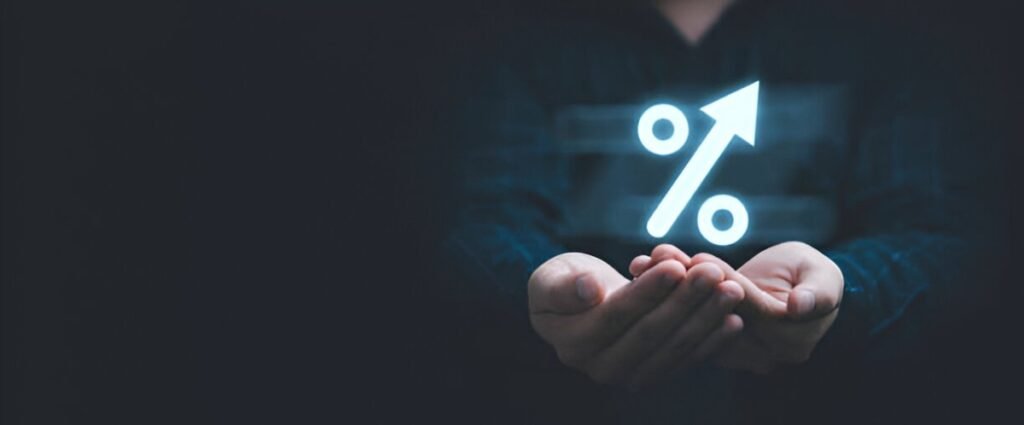The beauty industry has experienced significant growth in recent years, with makeup tools playing a crucial role in shaping consumer preferences. Among these tools, the beauty blender stands out as a staple for makeup enthusiasts and professionals alike. In this article, I will explore the market share of beauty blenders, examining key players, market trends, regional variations, and future growth prospects. The analysis will focus on data-driven insights while maintaining a clear and concise approach to help readers understand the market landscape.
Table of Contents
Overview of the Beauty Blender Market
The beauty blender market consists of a variety of products used for blending foundation, concealer, and other makeup products. The original Beautyblender brand dominates the market, but several competitors have introduced alternative sponges at varying price points. The global demand for beauty blenders has risen due to the increasing popularity of makeup tutorials, influencer marketing, and the growth of the cosmetic industry as a whole.
Key Players in the Market
Understanding the competitive landscape is essential to assessing market share. Several companies manufacture and sell beauty blenders, each offering unique value propositions. Below is a comparison of major market players:
| Company | Product Line | Price Range | Market Share (%) |
|---|---|---|---|
| Beautyblender LLC | Original Beautyblender | $20 – $25 | 40 |
| Real Techniques | Miracle Complexion Sponge | $6 – $12 | 25 |
| EcoTools | Perfecting Blender Duo | $10 – $15 | 15 |
| L’Oréal Paris | Infallible Blend Artist Sponge | $7 – $10 | 10 |
| Other Brands | Various Generic Sponges | $3 – $10 | 10 |
The above table demonstrates that Beautyblender LLC holds the largest market share, but affordable alternatives from Real Techniques and EcoTools have gained significant traction.
Market Trends and Consumer Preferences
The beauty blender market has evolved with changes in consumer behavior. Several trends have contributed to the growth and segmentation of the market:
- Sustainability Focus: Consumers are increasingly seeking eco-friendly options, leading to a rise in biodegradable and reusable beauty blenders.
- Affordability vs. Quality: While premium brands continue to attract loyal customers, budget-conscious consumers opt for more affordable alternatives.
- Influencer Marketing: Social media platforms such as Instagram and TikTok have amplified brand visibility, shaping consumer preferences.
- Technological Innovations: Some brands incorporate antimicrobial properties and ergonomic designs to enhance product performance.
Regional Market Share Analysis
Market dynamics vary across regions due to differences in economic conditions, beauty standards, and consumer purchasing power. Below is a regional breakdown of market share:
| Region | Market Share (%) | Growth Rate (%) |
|---|---|---|
| North America | 35 | 8 |
| Europe | 25 | 6 |
| Asia-Pacific | 20 | 12 |
| Latin America | 10 | 5 |
| Middle East & Africa | 10 | 7 |
The North American market remains the largest, driven by high disposable income and strong brand awareness. However, the Asia-Pacific region exhibits the highest growth potential due to increasing beauty consciousness and the expansion of e-commerce platforms.
Pricing Strategies and Profit Margins
Pricing plays a crucial role in determining market share. Premium beauty blenders like the original Beautyblender command higher prices due to brand reputation and perceived quality. On the other hand, budget-friendly alternatives capitalize on affordability to attract price-sensitive consumers.
Let me illustrate the potential profit margins using a simple calculation:
- Cost of production per unit: $2
- Retail price (premium brand): $20
- Retail price (budget brand): $8
Profit margins:
- Premium brand profit margin: $20 – $2 = $18 (90%)
- Budget brand profit margin: $8 – $2 = $6 (75%)
Despite lower margins, budget brands often rely on higher sales volumes to remain profitable.
Distribution Channels
The distribution of beauty blenders occurs through various channels, each contributing differently to market growth:
| Distribution Channel | Contribution to Sales (%) |
|---|---|
| Online Retailers | 50 |
| Specialty Stores | 30 |
| Department Stores | 15 |
| Others | 5 |
Online retailers dominate due to the convenience and accessibility they offer, while specialty stores remain important for customers who prefer in-store experiences.
Challenges Facing the Market
Despite the promising growth of the beauty blender market, several challenges exist:
- Market Saturation: The increasing number of competitors has led to a crowded market, making differentiation difficult.
- Counterfeit Products: The rise of counterfeit beauty blenders affects brand reputation and reduces consumer trust.
- Economic Fluctuations: Changes in economic conditions can impact discretionary spending on beauty products.
- Changing Consumer Preferences: Trends evolve rapidly, requiring brands to stay innovative to remain competitive.
Future Growth Prospects
The beauty blender market is expected to grow steadily, with opportunities in emerging markets and innovations in product design. Key growth drivers include:
- Expansion into new demographics, such as men’s grooming products.
- Development of smart beauty tools with features like skin analysis.
- Strategic partnerships with beauty influencers and celebrities.
Conclusion
The beauty blender market remains dynamic and competitive, with various players striving to capture consumer attention through quality, pricing, and branding strategies. As the industry evolves, brands that adapt to changing consumer needs and market trends will continue to thrive. By analyzing market share, trends, and regional variations, businesses can make informed decisions to navigate the evolving landscape successfully.





